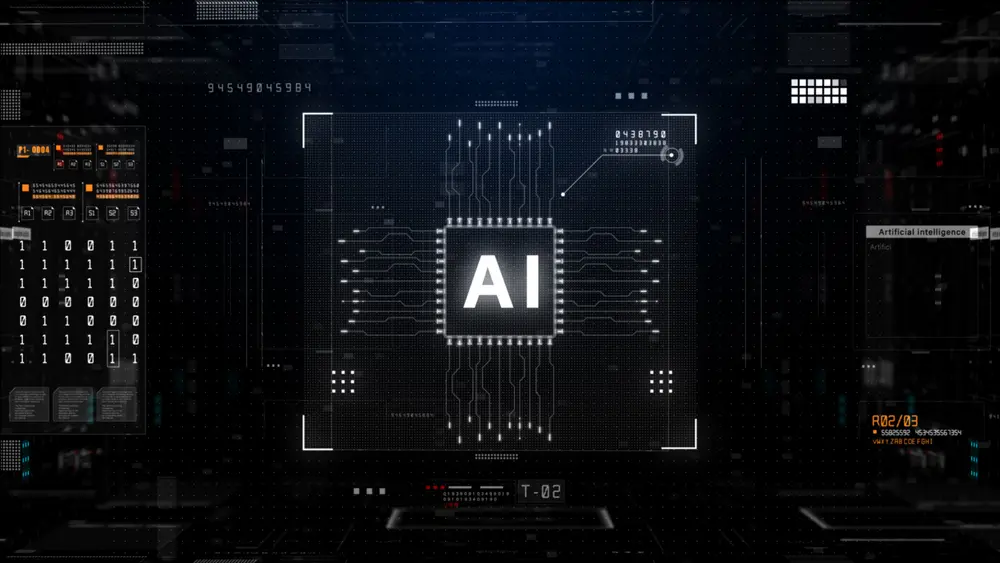1. Difference between AI and ML:
AI is a broader concept that refers to machines that can perform tasks that normally require human intelligence, like understanding natural language or recognizing patterns. ML is a subset of AI and refers specifically to the use of algorithms and statistical models to enable machines to improve at tasks with experience. People often confuse them because all ML is AI, but not all AI is ML. For instance, rule-based expert systems are considered a form of AI but do not involve machine learning.
The ultimate objective of AI is to create systems that can perform complex tasks requiring human-like intellect, such as natural language processing, voice recognition, problem-solving, learning, planning, and more.
Machine Learning (ML), on the other hand, is a subset of AI. It’s a method of data analysis that automates the building of analytical models. ML systems learn from the data, identify patterns, and make decisions with minimal human intervention. They improve their performance as they are exposed to more data over time. The “learning” part of machine learning means that ML algorithms attempt to optimize along a certain dimension; this could be as simple as minimizing error or could be more complex.
Within ML, there are further subdivisions like supervised learning, unsupervised learning, semi-supervised learning, and reinforcement learning. Each of these approaches uses different methods and is suited to different kinds of problem domains.
Deep Learning (DL) is a further subset of ML that’s inspired by the structure and function of the human brain (i.e., it mimics the working of a human brain to process data for decision-making). It’s a type of ML that can process a wide range of data resources, requires less data preprocessing by humans, and can often produce more accurate results than traditional ML approaches.
While AI is the broader concept, ML is the key to achieving AI. To put it another way, ML is one of the methods by which we can realize AI. Hence, every ML algorithm can be considered AI, but not all AI systems use ML algorithms.
2. AI and ML in automating repetitive tasks in cybersecurity:
Artificial Intelligence (AI) and Machine Learning (ML) are being used to automate repetitive tasks in cybersecurity through anomaly detection, phishing detection, malware detection, and intrusion detection systems. For example, AI and ML algorithms can learn patterns of normal behavior and flag anomalous actions that deviate from this norm, detecting potential threats before they cause damage. This not only reduces the workload of security professionals but also minimizes the time between intrusion and response.
3. Recent advances in AI and ML in cybersecurity:
Deep learning can analyze unstructured data, like images or text, which traditional ML struggles with. For instance, it can be used to analyze and classify malicious software based on images of their binary data. Reinforcement learning, where an agent learns to make decisions by interacting with an environment, is another advancement being explored to devise optimal strategies for defense against cyber attacks.
4. AI and ML in predicting and preventing future cybersecurity attacks:
AI and ML algorithms can analyze historical data of cyber attacks and extract patterns, trends, and indicators that can be used to predict future attacks. For instance, they can analyze patterns in network traffic to identify potential threats or predict future targeted attacks by learning the modus operandi of particular hacking groups. Furthermore, AI and ML can automate the response to detected threats, thereby preventing actual breaches.
5. Ethical considerations of using AI and ML in cybersecurity:
Privacy concerns arise because AI and ML systems require large amounts of data, which may include personal and sensitive information. Bias can be introduced during the data collection and model training phases, leading to unfair outcomes. Transparency, or the “black box” issue, is another concern since it’s often difficult to understand why an AI/ML model made a particular decision, which could have serious implications in case of false positives or negatives.
6. Limitations of AI and ML in cybersecurity:
AI and ML models are only as good as the data they’re trained on. They struggle with detecting novel threats that significantly deviate from previous patterns. They are also computationally expensive and require large amounts of data to train effectively. Additionally, these systems can generate false positives that could potentially overwhelm human analysts. Finally, AI and ML models themselves can become targets of cyberattacks.
7. Adversarial attacks and defenses in cybersecurity:
Adversarial attacks involve manipulating the input to an AI system to make it behave incorrectly. For instance, in cybersecurity, a malware author could design their software to evade detection by ML-based antivirus software. Defense against these attacks can be difficult, but methods include improving model robustness, using adversarial training (where the model is trained with adversarial examples), and developing more advanced detection techniques that recognize manipulation attempts.
Tags: Ai, Trending technologies
Category: Trending technologies

